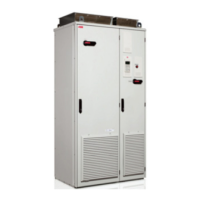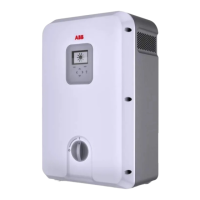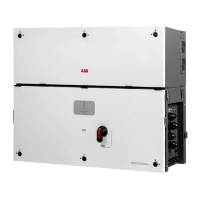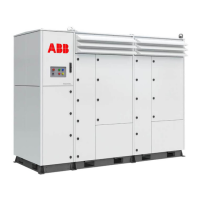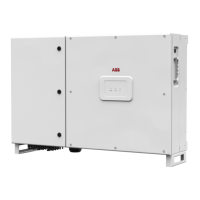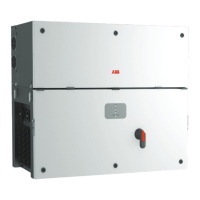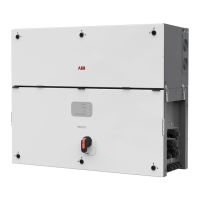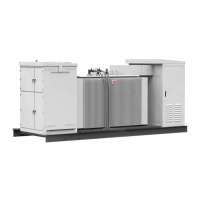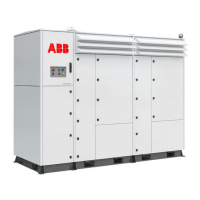36 Planning the electrical installation
Selecting the power cables
General rules
Dimension the DC input power and AC output power cables according to local
regulations:
• Dimension the cable to carry the inverter load current. See chapter Technical data on
page 45 for the rated currents.
• Select a cable rated for at least 90 °C (194 °F) maximum permissible temperature of
conductor in continuous use. Local regulations may require a higher temperature
rating.
• The inductance and impedance of the PE conductor/cable (grounding wire) must be
rated according to permissible touch voltage appearing under fault conditions (so that
the fault point voltage will not rise excessively when a ground fault occurs).
• Select an AC output cable rated for at least 0.6/1.0 kV AC and a DC input cable rated
for at least 1000 V DC.
A two-conductor system is allowed for the DC input cabling but a shielded cable can also
be used.
Symmetrical shielded cable is recommended for the AC output cabling; see section
Recommended AC output power cable types below. Compared to a four-conductor
system, the use of symmetrical shielded cable reduces electromagnetic emission of the
whole inverter system.
Note: When continuous metal conduit is employed, shielded cable is not required. The
conduit must have bonding at both ends as with cable shield.
To operate as a protective conductor, the shield conductivity requirements according to
IEC 61439-1 are shown below when the protective conductor is made of the same metal
as the phase conductors:
Cross-sectional area of
the phase conductors
Minimum cross-sectional
area of the corresponding
protective conductor
S (mm
2
) S
p
(mm
2
)
S <
16 S
16 < S <
35 16
35 < S S/2
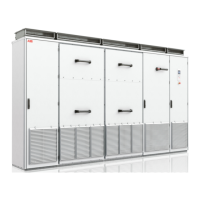
